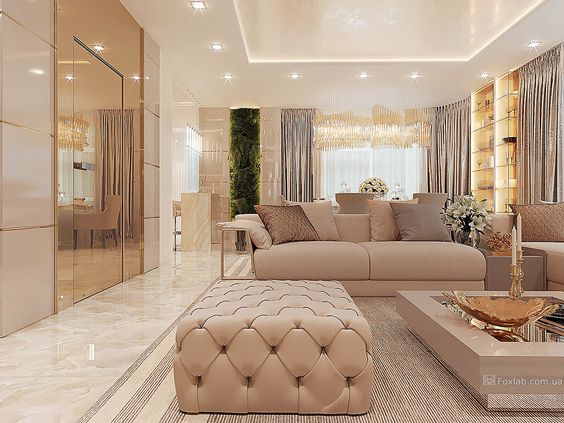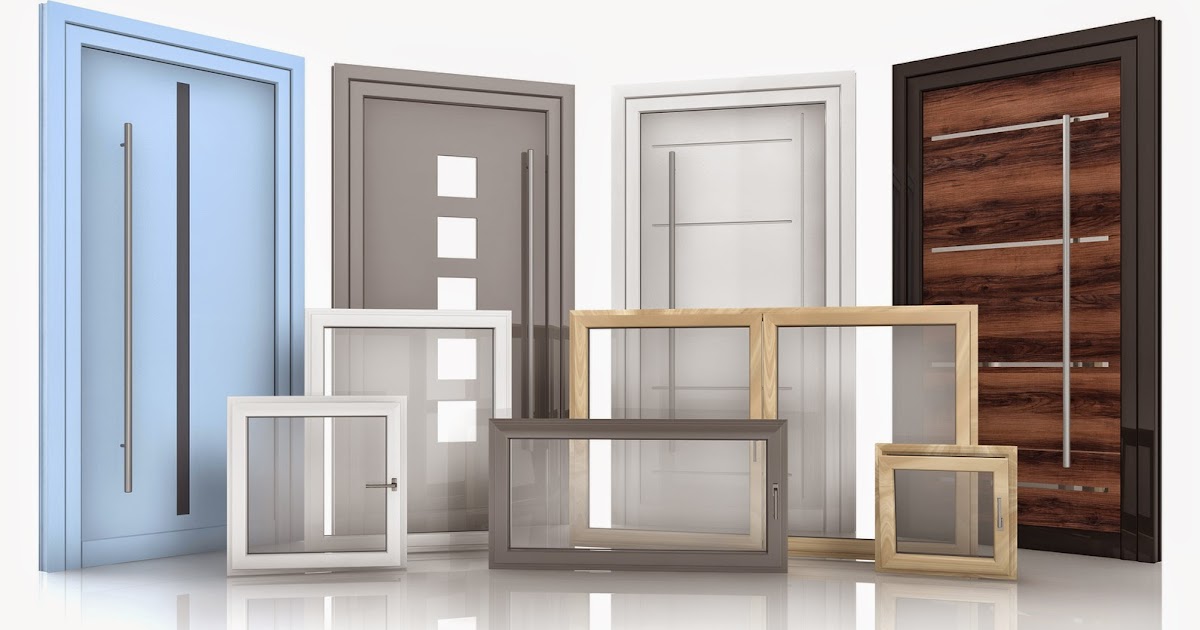Interior design is crucial when creating a harmonious and functional living space. The practice of interior designing can make a great difference in one’s life especially when someone is changing homes, planning a redecoration to their current house or just desiring to rejuvenate their current surroundings. In this detailed guide, we shall unveil the importance of interior designing, its varied aspects, and reasons why it is an essential component in turning your home into a real home.
1. Creating a Welcoming Ambiance

Home to you is not merely a physical structure but a haven, a place that allows you rest, comfort and peace from the outside environment. In interior design, a conducive ambience is created for people to walk in to a warm welcome.
Color Psychology
Colour has psychological impacts on moods and emotions, something that interior designers know. The colors can convey several emotions including peace and tranquility to vigor and vitality depending on the palette used.
Lighting
Good illumination forms one important component of the right ambiance. An interior designer can help you choose the best locations for your lighting fixtures, so that they can add to the atmosphere that fits your lifestyle and taste.
2. Maximizing Space Utilization

You can make the most of a small space, no matter how limited it is, through an ideal interior design. With their knowledge, they can make the best use of any space, from small apartments to large houses, so that each square foot works effectively.
Space Planning
Space planning techniques are applied by interior designers to place furniture and decor effectively for flow and function. This is particularly crucial in small dwellings that require space-efficient management.
Storage Solutions
Many homes have storage challenges. Interior designers can also come up with brilliant storage ideas, which make sure that the room is tidy and without any mess.
3. Reflecting Your Personal Style

Your house should mirror you and your taste. With interior design you can inject your personality into each and every one of your elements of living.
Customization
They work closely with you to know your likes, hobbies and how you live. Using this data in designing a bespoke design tailored just for you.
Aesthetic Cohesion
Interior desingers create a unified look for your home by using your chosen colors, materials, and furnishings to create one cohesive design element.
4. Enhancing Comfort and Functionality

Designing the interior is not only the issue of beauty, beauty and functionality are necessary in a comfortable and convenient place for living. Your home should make sense in terms of what you need to live in it and look good.
Furniture Selection
Through them, you can select the best furniture that not only looks good but is also comfortable and appropriate for your daily routine.
Flow and Accessibility
They design a floor map which provides accessibility among different rooms as well as an organized flow.
5. Adding Value to Your Property

Having a well-planned interior can add a lot of value to your property. If you are looking forward to selling your home or just making an investment that will be rewarding in the future, then interior designing has significant returns.
Curb Appeal
Interior designs of a home are usually attractive to prospective buyers. Their decision is greatly influenced by their initial opinion towards the home.
Energy Efficiency
They can also incorporate green elements in your house like efficient materials, and energy-conserving apparatuses that add on the property’s value.
6. Personal Wellness and Mental Health

Your Mental Health Is Closely Related To Where You Live. That is what is meant by the saying that a well-designed inside can add on to one’s happiness.
Natural Elements
Natural elements such as wood, stone, and indoor plants are commonly used by interior designers. These elements help to lower stress and promote better mental health.
Tranquil Spaces
Having serene areas in the house, like a quiet corner for reading, and pampering the senses with hot water and bubbles in the bathroom can be excellent stress remedies.
7. Sustainable and Eco-Friendly Design

Increasing global consciousness about the environment leads nowadays to a need for sustainable and ecological designed interiors. The designer can assist through designing choices and aid you in making eco-wise decisions that work for the environment and lower your carbon emission.
Material Selection
For example, interior designers might offer advice on eco-friendly materials such as reclaimed wood, low VOC paints, and energy efficient appliances.
Long-Term Sustainability
This means more than simply being green now, it creates a house that is sustainable over the long term, reduces the requirement of further refurbishments resulting in waste.
8. Staying Ahead of Trends and Innovation

Interior designers are well versed in the latest design trends, materials, and technologies – which enables them to introduce cutting edge ideas and products that keep your home at the cutting edge of style.
Access to Exclusive Resources
Interior designers often have access to exclusive resources and showrooms that provide exclusive products not widely available to the general public.
Technological Integration
Interior designers specialize in integrating smart home technologies to make life more efficient and convenient in your home.
FAQs:
Q1: How much does it cost to hire an interior designer?
Interior designer fees depend on factors like location, scope, experience and fee schedule; fees could range from flat fees or hourly rates up to a percentage of total project cost. Before beginning any design project it is crucial to discuss fees and budget considerations with potential interior designers.
Q2: Approximately how long does it take to complete an interior design project?
Interior design projects vary greatly in scope and complexity, from small room makeovers to full home renovations that could take months or more to complete. Be sure to discuss a timeline for your design project during its planning stage with your designer.
Q3: Can I still have input in the design if I hire an interior designer?
Absolutely. An interior designer will work closely with you to understand your preferences and incorporate your thoughts into the design process. Collaboration is key in crafting spaces that truly reflect who you are as an individual.
Q4: Does interior designing only apply to expensive, large homes?
Interior designing can benefit homes of any size or budget. Designers specialize in working with all spaces and budgets to craft functional yet beautiful interiors for all homes; whether large or small, designers use design principles to help optimize each space to its full potential.
Q5: How can I locate an interior designer to work on my project?
Finding an interior designer requires research, referrals and careful scrutiny of their portfolio. Find someone whose style fits in well with your preferences while having experience managing similar projects to yours.
Interior designing isn’t simply about aesthetics; it’s a multifaceted approach to crafting an environment that reflects your lifestyle, improves wellbeing, and maximizes functionality. Careful selection of colors, materials, lighting fixtures, furniture pieces and decor elements creates spaces that not only visually impress but also provide comfort and inspiration – no matter where you’re starting from!





